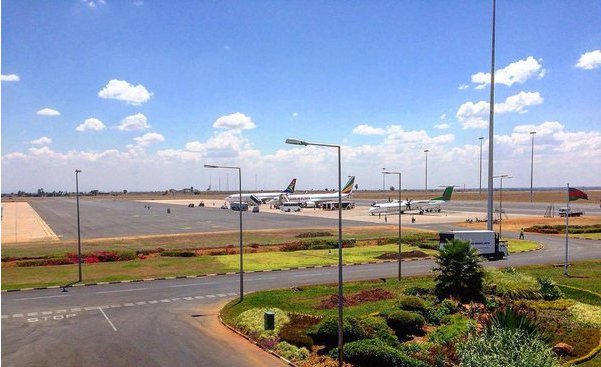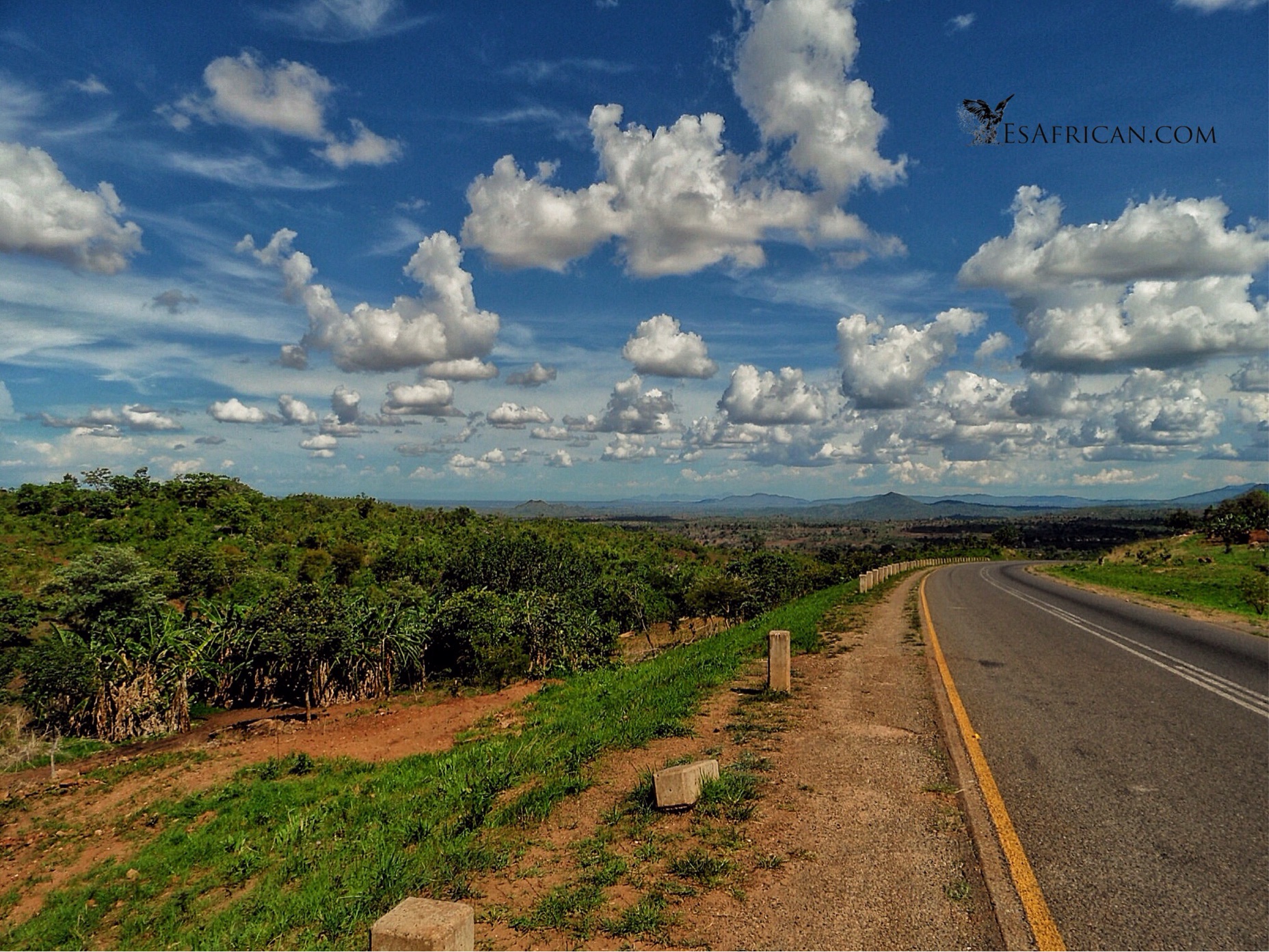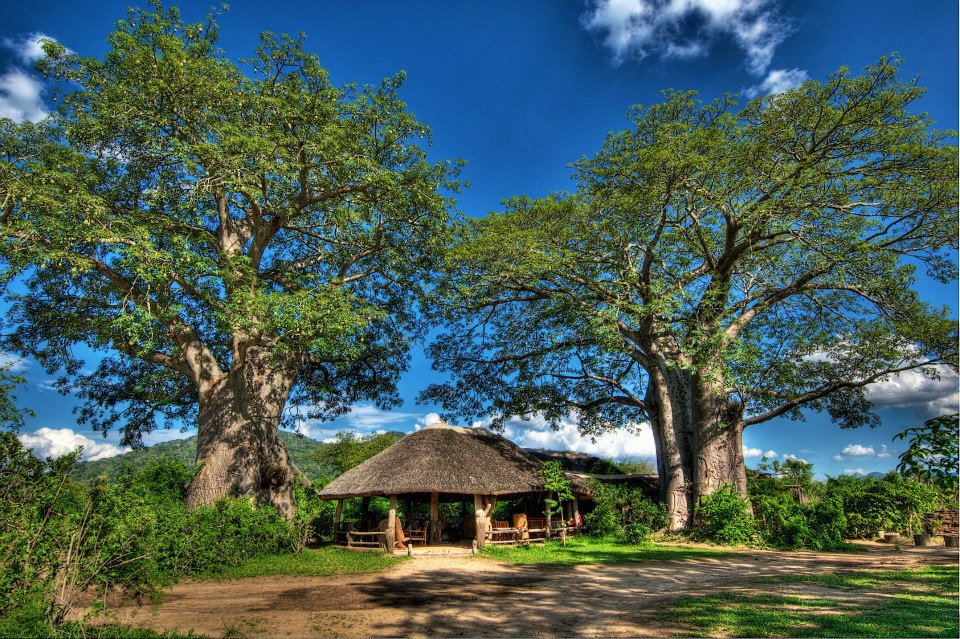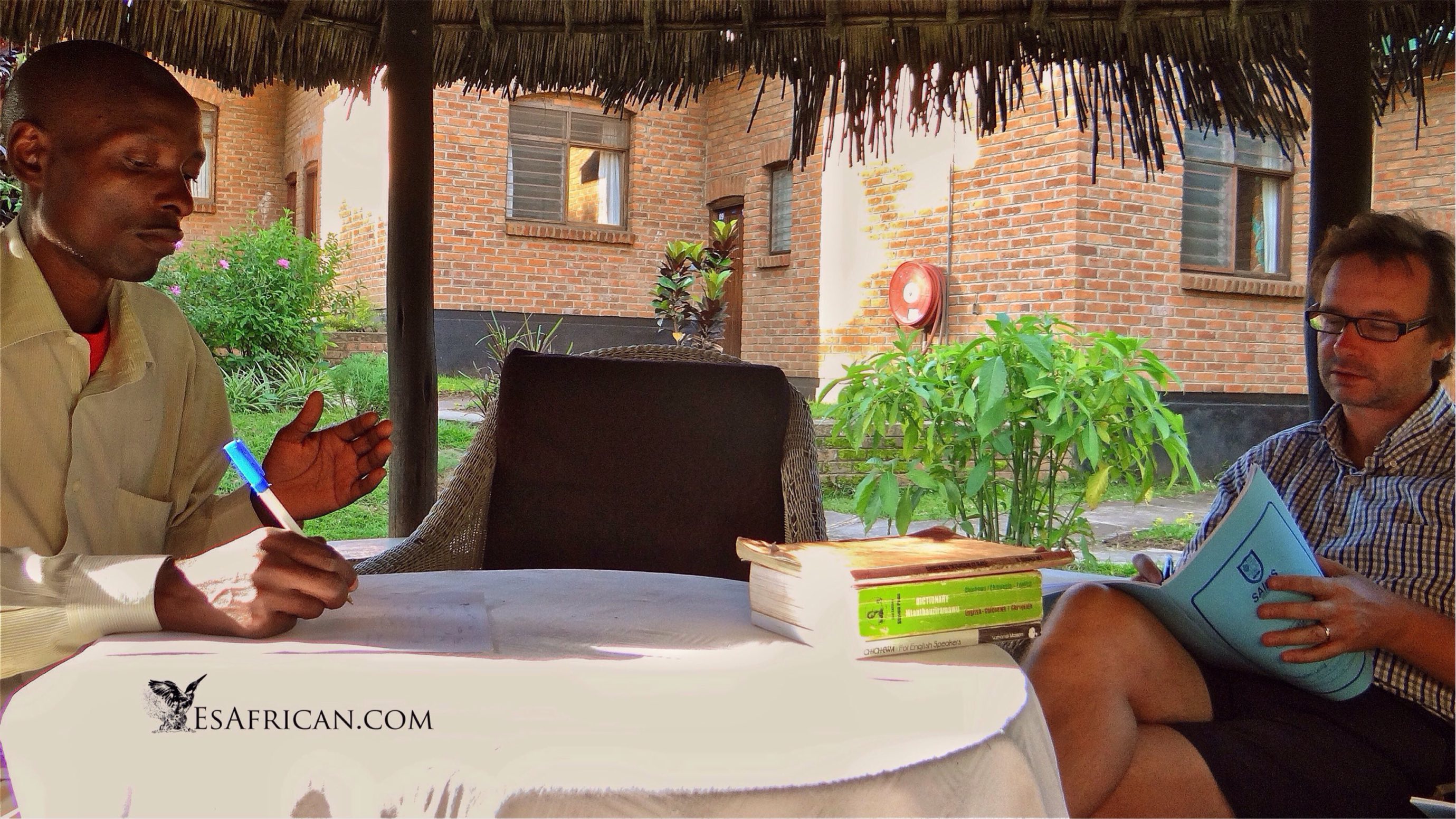Danger, Risk and Safety in Malawi – Part 1 – General
I said I would try to add a blog post once every two days. I have not kept to that this week. For that reason I am pulling out something I worked on earlier. I have divided what I have written into three parts so far.
Risks – general
Risks – animals on land
Risks – creatures in the water
They will be divided into different blog posts. Perhaps I will write about other kinds of risks. Mountains, health and roads spring to mind.
There is so much to write. If you do not want to read it all then just read the following paragraph which sums it all up.
The purpose of this blog post is to point out that Malawi is very safe….but only if you respect and adhere to the safety rules.
Malawi is, generally speaking, a safe country to visit. I feel safer here than I do in my home country. In that sense however I am meaning ‘safe’ in a sense that is wider than purely ‘physical’ safety. I mean how relaxed I feel about life’s full set of dangers, particularly with regard to children. If you are an expat here or a reasonably well to do Malawian, then Malawi can be a great place for children and their families.
When talking about the concept of ‘physical danger’ I also feel pretty safe in Malawi. The main point I want to make in this blog post however is that your safety here assumes that you know, understand and avoid specific dangers here. Dangers that will be very different to the dangers in your own country.
Of course over-reactions as well as under-reactions to warnings can and do occur. Understanding the issues and how to be safe is the key. Understanding is not difficult at all if explained.
There is a problem of so called ‘cultural misunderstandings’ to do with risks, dangers and safety. In the west we have a ‘health and safety’ culture that has been pushed to bureaucratic extremes. Some people are happy enough with the fact that ‘health and safety’ removes personal discretion over risk taking. Many others, myself included, think that health and safety regulations in many places is out of control, counter-productive and often irrational. [I remember looking at a packet of nuts for sale in the UK. Written on the side was the following warning ‘WARNING: MAY CONTAIN NUTS.’]
Over-regulating health and safety is nuts. In the UK there was a ban on ‘beef on the bone’ while at the same time we were informed that we faced greater danger of being hit by a meteorite if we went out into our gardens. Prince Charles openly and in front of the media defied this beef on the bone ban. I heard that in Australia you are not allowed to drive along the road with your window down and one of your arms resting and catching a little of the breeze – because one person once had an accident. Personally I’d rather take responsibility for my own actions.
It would be understandable then for some people coming to Malawi to think that guidelines or warnings on what is dangerous are ‘the usual exaggerations and over-reactions just there to give someone a job and to allow someone else to boss people around.’ Actually, if you are told that such and such a thing in Malawi is dangerous then the chances are that it is very dangerous. I have seen people sneering at certain warnings as if they were listening to some functionary from the Health and Safety Department from the local council in the UK.

Learn about safety on the mountains - especially Mulanje. This mountain is different to other (lesser) mountains. Understand the various kinds of risks here and the single most important rule to remain safe. I know two people who nearly died up here (including my dad) and one who was killed. I take my children up. It is safe - if you obey the rules.
I know of a lot of violent tragic deaths that have occurred in Malawi. I know of quite a number of people who have come very close to death in the mountains, near animals and in the water (including my dad). I cannot think of a single example of where the individual in question was not going against or was outside of a ‘safety rule.’ Sometimes that being ‘outside of the safety rules’ has come about due to a development of circumstances rather than because they were ignored. In other words I can think of no ‘freak accident’ deaths were the person involved was within the safety guidelines and rules. A freak accident could always happen – but it could happen anywhere.
It is as if there is no middle ground. If you respect and adhere to the safety guidelines – you are very safe. If you break the safety rules then you may be in real danger.
So, when you visit Malawi you will be very safe because you will simply follow the guidelines won’t you?
This does not mean that in Malawi there are all sorts of exciting adventurous things that you must not do. No. What I mean is with the many exciting, adventurous and fun things you can do here there are a few specifics you must not do and a few specifics that you should do. Danger warnings here are not ‘killjoys’ – they are just about how to enjoy without being killed. This is Africa, it is not Disneyland Paris.
I want to explain, with examples, that defying warnings about dangers in Malawi can be much much more dangerous than some might suppose.
Another potential problem on the risk front is the assumption that what is done in one’s own country is the only sensible or rational way to do things. Actually, if things are done differently in a different country, and that society accepts and takes account of that different way of doing things, then it gains it’s own inherent rationale. Some people who have only lived in one country all their lives and have not thought about it might find it hard to get this. (I could give examples to do with driving conventions and expectations).
A related problem is not to realise that Malawians may have a different ‘risk threshold’ compared with many westerners. I am not criticising Malawians for accepting too much risk – I am saying that people can have widely different assessments of what is constitutes too much risk. There are perfectly legitimate personal subjective judgments involved here. Differences are not only between individuals – the bell curve of acceptable risk will be different in different countries and ‘cultures’ – if you know what I mean.
I am quite happy on the other hand to criticise overly paranoid westerners for attempting to tie themselves up in cotton wool. Now that is what I call an unacceptable risk – the risk of missing out on life. There is also the risk of not knowing how to deal with risk when it arises.
I think I come somewhere in between paranoid westerners and average Malawians with regard to my own risk thresholds.
The next post in this series will either be about animals on land or creatures in the water!
I could write about other things – we will see.












